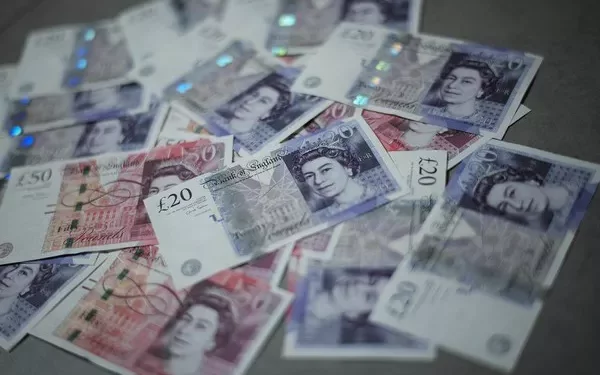The Bank of England is the central bank of the United Kingdom, responsible for implementing monetary policy, issuing currency, and overseeing the stability of the financial system. But who actually controls the Bank of England?
The Bank of England is technically owned by the UK government, but it operates independently of political interference in order to maintain its credibility and impartiality.
The Bank is overseen by a governing body known as the Court of Directors, which is responsible for setting the Bank’s strategy and appointing the Governor and Deputy Governors.
The Governor of the Bank of England is the most powerful figure within the institution, and is responsible for setting monetary policy and overseeing the day-to-day operations of the Bank.
The Governor is appointed by the Court of Directors, and must be approved by the UK government.
In addition to the Governor, the Bank of England has two Deputy Governors, who are responsible for overseeing specific areas of the Bank’s operations.
The Deputy Governor for Monetary Policy is responsible for setting interest rates and implementing monetary policy, while the Deputy Governor for Prudential Regulation oversees the regulation of banks and other financial institutions.
So while the UK government technically owns the Bank of England, the institution operates independently of political interference in order to maintain its credibility and impartiality.
The Governor and Deputy Governors are the most powerful figures within the Bank, and are responsible for setting monetary policy, overseeing the day-to-day operations of the Bank, and regulating the UK’s financial system.


























